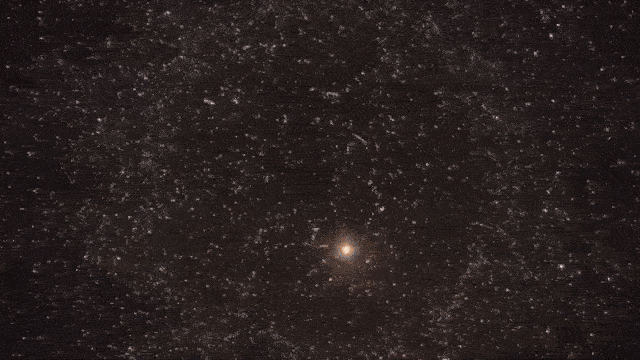Now Reading: Watch a Rare Black Hole Devour a Star in Mesmerizing Animation
1
-
01
Watch a Rare Black Hole Devour a Star in Mesmerizing Animation
Watch a Rare Black Hole Devour a Star in Mesmerizing Animation

Quick Summary
- Revelation: Astronomers believe they have spotted a rare intermediate-mass black hole (IMBH) dubbed HLX-1, located 40,000 light-years from the center of galaxy NGC 6099 and over 450 million light-years from Earth.
- Observation: Using Hubble Space Telescope and NASA’s Chandra X-ray Observatory data, researchers observed a radiant “tidal disruption event” caused by the black hole devouring a nearby star.
- Animation: Researchers created an animation depicting HLX-1 ripping apart its stellar victim in a phenomenon referred to as “spaghettification.”
- Challenges: IMBH identification remains uncertain due to potential alternative explanations like accretion disk variations. Continuous observation is required for confirmation.
- Importance of IMBHs: They are considered crucial links between stellar-mass and supermassive black holes. A leading theory suggests IMBHs grow into supermassive ones over billions of years.
- Future Prospects: Advanced telescopes such as the James Webb Space Telescope and forthcoming observations from the vera C. Rubin Observatory show promise in detecting more tidal disruption events.
!Animation of star getting ripped apart by HLX-1
Credit: NASA, ESA, Ralf Crawford (STScI)
!HLX-1 X-ray source next to NGC 6099
Credit Image Processing: Joseph DePasquale (STScI)
!Images showing tidal disruption stages
Credit Artwork: NASA, ESA, Ralf Crawford (STScI)
Watch Animation on YouTube:
Live Science
Stay Informed With the Latest & Most Important News
Previous Post
Next Post
Loading Next Post...


























